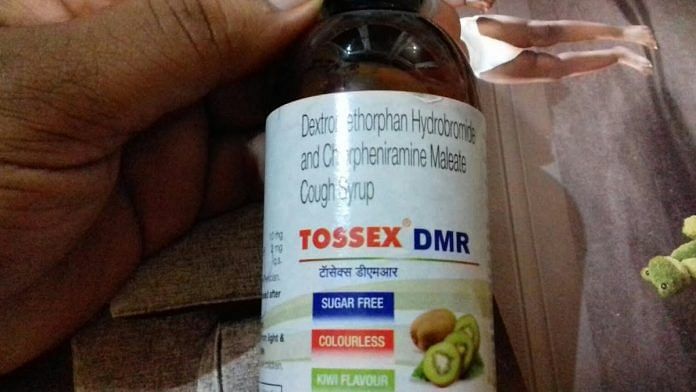Singh, who was responsible for DCGI move, says ban will not hurt the pharma brands or India’s larger pharma market.
New Delhi: The ban on 328 fixed-dose combination (FDC) drugs is not a witch-hunt against any brand or company, said former drug controller general of India (DCGI) G.N Singh, who announced the ban in 2016.
“Two years ago, we had faced a lot of pressure from companies to roll back the notification as they pushed for illogical combinations to make money,” Singh told ThePrint Thursday.
“But I would reiterate, the ban has no relationship with the impact on the worth of the pharma market or the name of brands involved. The only relationship of the ban is with the health of patients as majority of these FDCs are banned across the globe because of severe side effects in the long term,” added Singh.
Also read: Discarded antibiotics make a comeback as fight against superbugs gathers pace
DCGI is India’s apex drug regulation body responsible for approval of licences, and efficacy and safety of drugs manufactured in the country.
In 2016, the government banned 349 FDC drugs on the ground that they involved “risk” to humans and safer alternatives were available. But their manufacturers contested the ban in various high courts and the Supreme Court.
Last December, the apex court asked for the matter to be examined by the Drugs Technical Advisory Board (DTAB). Putting an end to a long-drawn legal battle, the board found there was no therapeutic justification for the ingredients in 334 of the FDCs and recommended banning them.
An independent body formed by the Union Health Ministry, the DTAB is the highest decision-making body on the technical matters.
“We were blamed that the decision to ban these combinations is abrupt and we had not given sufficient time to pharma majors to respond,” Singh said.
“Our decision was postponed and a new committee worked on the list again. But it found that our decision to ban these irrational combinations was right. While we are late in starting the cleaning process of the Indian drug market, I am happy that one of the most difficult and controversial tasks of my career as DCGI has finally come to force.”
Why are FDCs banned?
FDC medicines are drug formulations which contain two or more active drugs in a fixed ratio and are generally available only in a single dosage form. For instance, popular medicines such as Saridon and Panderm.
However, due to lax regulatory structures, drug makers started flooding the market with several unapproved and non-scientific combinations realising the huge market in product categories such as cough syrups, analgesics, and antibiotics. Further, when multiple drugs from the same therapeutic group, like antibiotics, are clubbed together, it may lead to resistance, say experts.
In India, the drug makers obtain licence from the state governments to make FDCs, and allegedly sell them without the required consent of the Central government.
What next?
The government hasn’t announced a ban on the 15 other FDCs in the list of 349.
However, on 7 September, the Supreme Court told the government it could not use a technical advisory body’s report to prohibit the 15 types of combination medicines manufactured in India since before 1988 and can start fresh investigations.
Also read: China’s pollution is a headache for India – could cause a shortage of meds like Crocin
The list of those brands includes Phensedyl cough linctus, Grillinctus, Tossex and Codistar.
The All India Drug Action Network, a civil society group which was one of the petitioners, said, “The banned FDCs account for about Rs 2,500 crore and represent only the tip of the iceberg. In our estimate, the market for unsafe, problematic FDCs in India is at least one-fourth of the total pharma market which is valued at Rs 1.3 trillion.”



